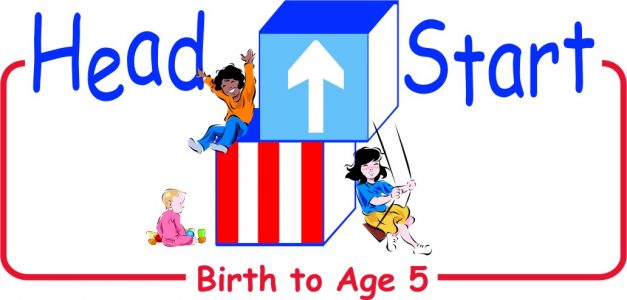
College and University Funding Models (part 1)

If you have been reading this blog and paying attention to the pictures I post, you have probably figured out that I work at a major public university in Washington state. In fact, I am a department administrator, meaning I handle finance and human resources for an academic unit at the University. It also means that University funding models are something I spend a lot of time thinking about. And not just me, at the professional conference I was at last week, one of our keynote talks was on the future of funding of public institutions of higher learning, and what models we might want to look at, as state funding has been increasingly shrinking.
In fact, while I was at that conference last week, a number of news articles came out about the state of Washington’s new promise to pay fully for 2 or 4 year college degrees for people coming from low income families, or to provide substantial financial assistance for people coming from families making up to the median income. (Based on a family of 4, those thresholds are $50k/year or less for full funding or $90k/year of less for substantial assistance. Exactly what “substantial assistance” means has not been fully explained.) My guess is that the state will use the information gathered by students (and their families) filling out the FAFSA to determine eligibility for these grants.
So let me start this discussion by saying that I am glad the state of Washington is doing something to help low income students attain a college education without taking on crippling levels of debt. I am also happy that this new model is not limited only to students just graduating high school, or within a few years of graduating college, what is known as the “traditional” college student. Washington state’s funding will also be available to older adults who want to take the opportunity to get a degree. This commitment to all of those who are struggling is important.
Now, let me say, I do not think this should be our permanent solution to the higher education debt issue. I think it is a great stop gap, quick to implement temporary fix, to help alleviate the issues while we do real investigation into how to really, permanently fix the education and debt gaps in our state, and in the country as well. Do I think this is what the state of Washington is doing? No. But I wish it were. Because these grants only serve to continue the current funding model for state universities, and it is a funding model that is, at this point, fundamentally broken. Public institutions of higher learning in the United States NEED a better funding model than the one we currently have.

One of the recommended future funding models for public institutions from the talk at my conference was what I call the “temp agency” model. In this model, Universities stop depending on funds from their state governments and instead, start charging the employers who hire the students we educate. Much like a temp agency gets a lump sum paid to them by an employer when the employer permanently hires someone placed with them by the temp agency, the theory is that the employers are the ones who benefit from the education we are giving the students, and therefore, they should be the ones paying for it. (For the record, in Washington, they are paying for these new education grants, as they are being funded by an added tax on businesses.) And this is great when you are thinking about Amazon, Microsoft, Boeing, the Big 5 Accounting firms, etc. But it is a little less than ideal when you think about the small, local businesses, non-profit health organizations, or even your local school district. And what if the student decides to start their own business? Who is responsible for paying then?
So what funding models do I like? There are two I would recommend. The first is to simply decide that public universities and colleges are actually part of our public education system, and they should be treated like elementary schools and high schools. And while they are not mandatory public education, they are part of that system, and simply free to students up through a Bachelors Degree. The second is actually not a new model at all, but actually a return to the old level of state funding for public colleges and universities. In it, the states would fund colleges and universities well enough that tuition could be dropped to the point that a student who works part time in a minimum wage job year round could afford to go to an in state college, paying the tuition themselves, and graduate with no, or at least minimal, debt.
Both of these models would take a lot of work, and a lot of change to our current mindset about how colleges and universities work, but I think either would be a better, permanent solution to the crisis of higher education we are currently facing.
Come back next week for Part 2 of this discussion when I look at the challenges and rewards of each of the funding models I like.


